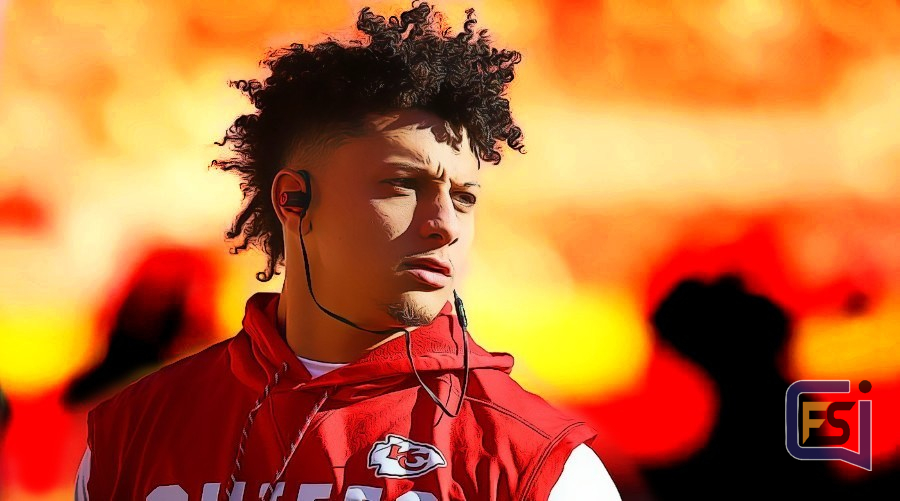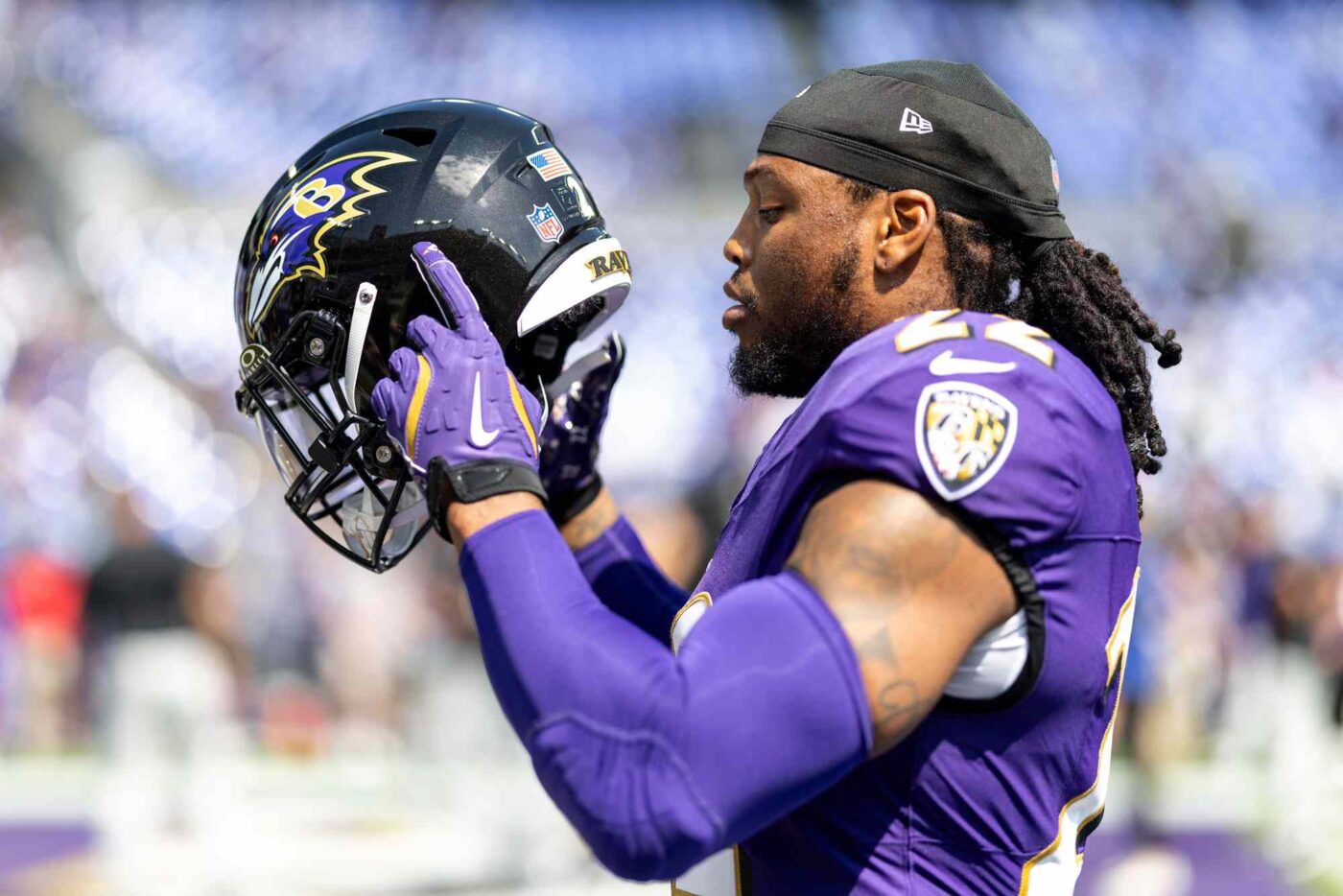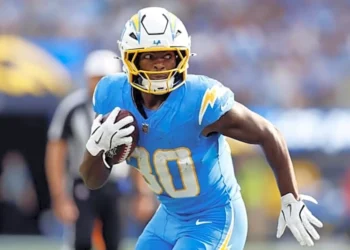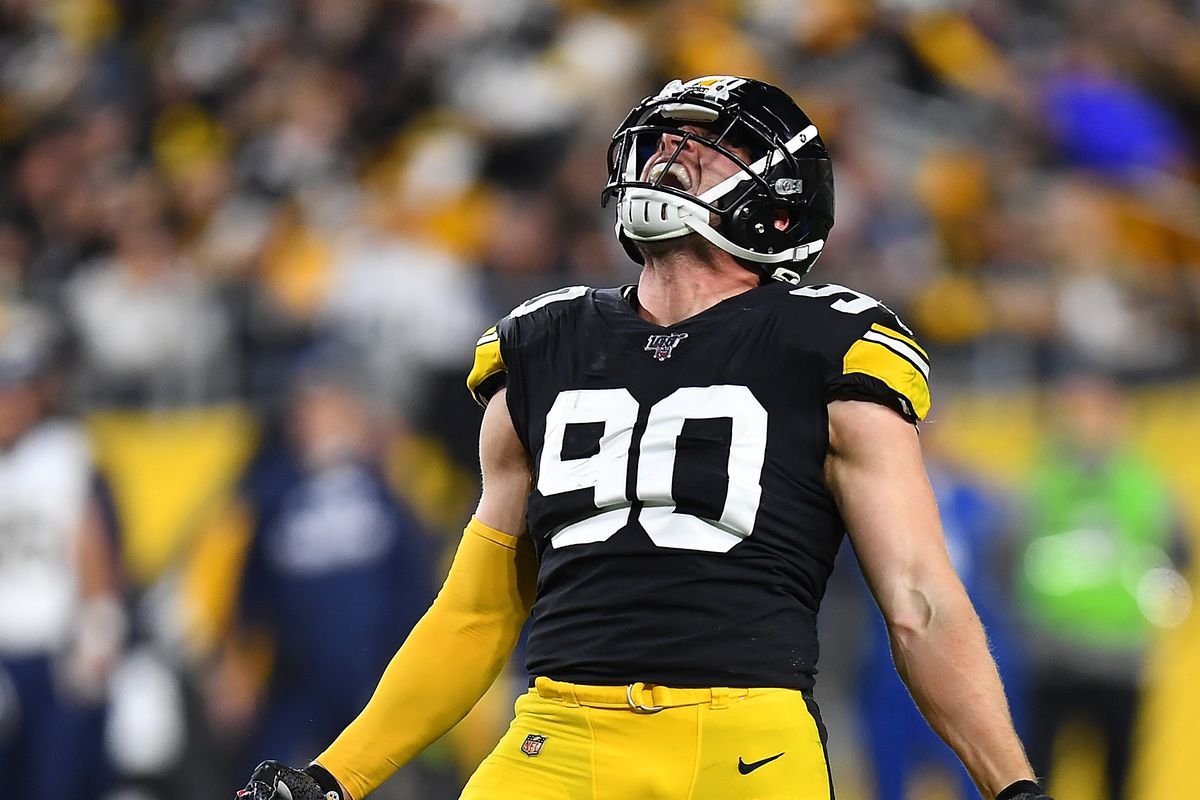Last week, we examined two cognitive biases that can affect our judgment in fantasy football. These are referred to as the Hot-Hand Fallacy and Recency Bias. If you missed it or need a refresher on the definitions of each, you can review it here.
In that article, we also discussed how we can exploit these tendencies and use them to our advantage in fantasy football by trying to identify players that might have recently under-performed, but simultaneously have ample opportunities to score fantasy points. This particularly becomes important when entering GPPs, where we need to not only worry about player performance, but also with ownership levels for each player.
Given that the last week’s article focused on pricing and fantasy production differences for each position in 2016 and 2017, I thought it might be worthwhile to follow that up with a look at the differences between Week 1 and Week 2 of the 2018 season. The goal here is to see if the trends that were identified last week repeated themselves again this year.
In addition, based on any patterns that we can see across all three years of data, I’ll also try to provide some heuristics which might aid us in selecting players from each positional grouping. If you are unfamiliar with the term “heuristic,” it is simply a general rule or process that while not perfect, is a shortcut that can help us get consistent results most of the time.
Unlike last week, I will actually go through each of the positional grouping one-by-one. Since that would result in an extremely long article, today I will focus on the quarterback and running back positions and tomorrow, I will highlight wide receivers, tight ends and defenses.
With that out of the way, let’s get to it! (Note: All data shown in the tables below has been gathered from sources publicly available online).
QUARTERBACK
Table 1.1 – 2018 DRAFTKINGS POINTS AND SALARIES FROM WEEK 1 TO WEEK 2
Without looking at any of the names, we can look at the table above and the color codes that appear in the last two columns stand out like a sore thumb. The first column, which has been labeled FPTS DIFF%, shows the percentage change in fantasy points from Week 1 to Week 2 (red = fewer fantasy points; green = greater fantasy points), while the second column labeled SALARY +/- shows the same players change in DraftKings pricing for the same period (green = player price decreased; red = player price increased). It doesn’t take a rocket scientist to immediately notice the differences.
Consequently, the data from 2018 supports what we saw in 2016 and 2017. In all three years, no more than three quarterbacks that finished in the top-10 in Week 1 finished as a top-10 play in Week 2. This year, only two quarterbacks had repeat performances.
Just as in 2017, the player prices of the top-10 quarterbacks mostly increased across the board. With the exception of Patrick Mahomes, the remaining quarterbacks in this tier simultaneously saw their fantasy production decrease and by a fairly significant margin. However, in looking at the player pricing and performance of the quarterbacks that finished ranked 11-20 in Week 1, their prices mostly dropped while their fantasy production mostly increased in Week 2.
When selecting quarterbacks for GPP tournaments, I think it’s fairly safe to say that we need to be very careful when targeting QBs that finished ranked in the top-10 the prior week. That’s not to say that we should avoid it entirely, just that we need to be careful.
The key here is to target that next tier of quarterbacks who may have slightly under-performed in the prior week and whose prices have dropped as a result. Furthermore, we shouldn’t be afraid to play quarterbacks that are on teams with moderately high game totals (43-48) and close point spreads (1-6 points). Taking this one step further, I have personally found success targeting quarterbacks that are slight underdogs. These players typically come with reduced ownership because other DFS players are sometimes reluctant to roster them. Low ownership plus high fantasy production equals Ben Franklins.
RUNNING BACK
Table 1.2 – 2018 DRAFTKINGS POINTS AND SALARIES FROM WEEK 1 TO WEEK 2
When compared to quarterbacks, the data for running backs isn’t quite as cut-and-dried. Depending on which year you look at, anywhere from three to five running backs were able to put together back-to-back top 10 performances. Additionally, in 2018 only nine of the top-30 running backs saw their price drop (or stay the same) from Week 1 to Week 2 and only three of those players produced more fantasy points.
So, what can we take away from this data? If we look at the players whose fantasy production stayed the same or increased, we see names like Todd Gurley, Melvin Gordon, Saquon Barkley, Ezekiel Elliott and Christian McCaffrey. I don’t think I need to remind everyone who these guys are, but they are stud running backs on good teams who regularly see a high volume of work. Again, “opportunity” is the primary factor in these player’s ability to consistently score a high number of fantasy points.
The other backs that saw their production increase in Week 2 were Javorius Allen, Marshawn Lynch, and Tevin Coleman. Allen and Lynch’s production only barely increased. Allen only had two more touches in Week 2, but he gained 21 more receiving yards than he did in Week 1. Lynch actually saw seven more touches in Week 2, but the Oakland-Denver game was much closer than the Oakland-LA Rams game the week before. Finally, with Devonta Freeman out of commission last week, Coleman saw a high-volume of touches and went from 10 in Week 1 to 20 in Week 2.
As a result, I don’t think we should be as price sensitive with running backs as we are with quarterbacks. If there is one position where it might make sense to spend up or eat chalk, it is probably at running back. Particular attention should be paid to bell-cow type backs or to high-quality handcuffs thrust into a starting role.
In both scenarios, we should look for backs that are likely to see lots of touches in both the run and pass games. Beware, however, of running backs on teams that are heavy underdogs (more than 7 or 8 points) and do not have pass catching ability. On the other hand, pass catching backs on those same underdogs can still provide value if the game plays out as Vegas predicts.
PART 2 COMING TOMORROW – STAY TUNED!
Related Articles
Beware of Hot-Hand Fallacy and Recency Bias in Fantasy Football









